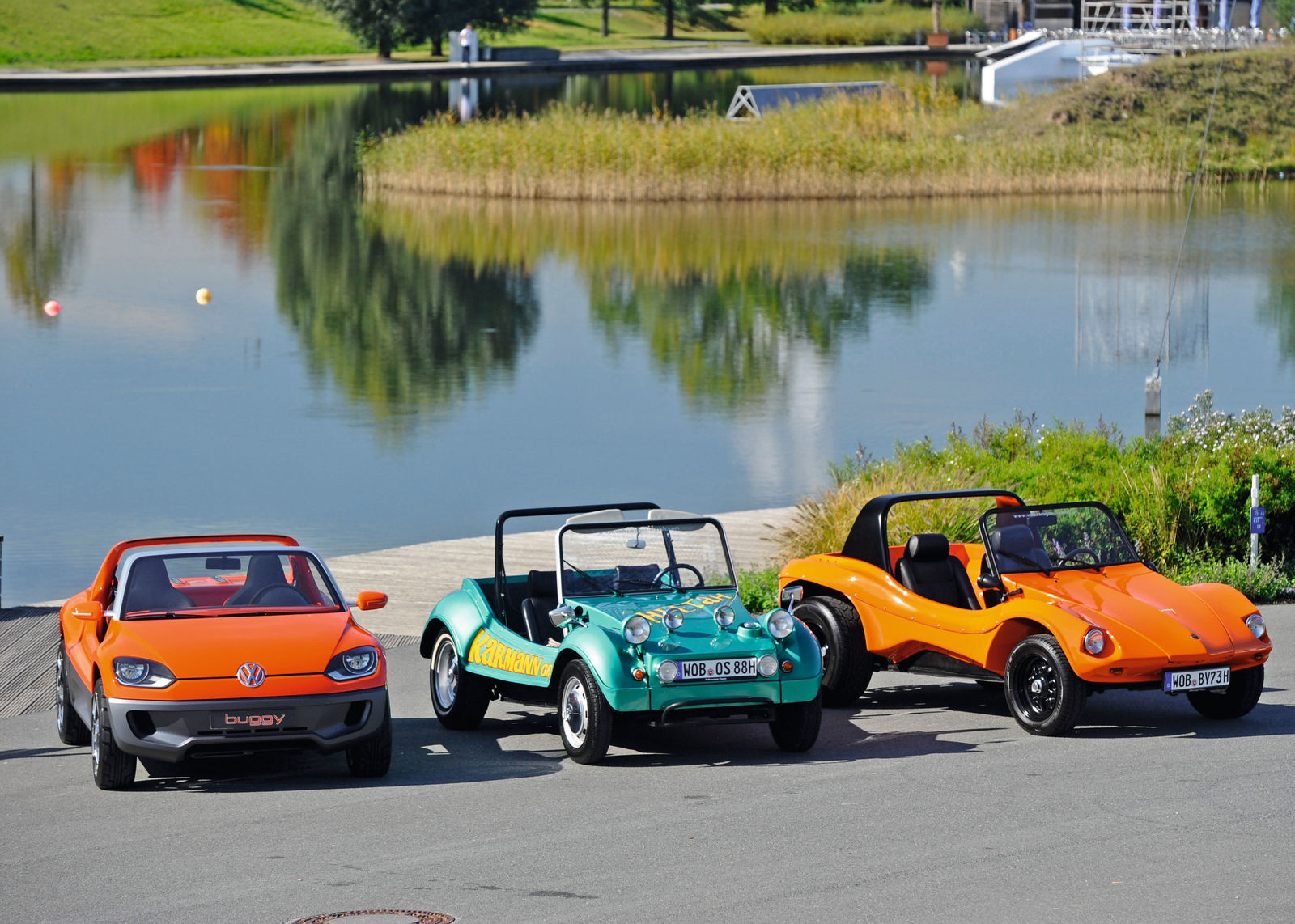Born in California. The idea of the buggy was born in California. Self-built racers with V8 engines cruised over the dunes of the Pacific beaches there for the first time in the 1950s. At some point, the first Beetle chassis with rollover bars and a Boxer engine in the rear appeared on the beaches. This sight gave Bruce Meyers, until then busy with the construction of boats and surfboards, the idea of a lightweight GFRP body. In 1964 the American presented his first model: a bright red thing called “Old Red”. In the dunes of Pismo Beach, a laid-back setting between San Francisco and Los Angeles, he wrote automotive history with it. As an engineer, artist, boat builder and surfer, he brought the perfect combination of profession and vocation to create a new type of vehicle that would soon inspire hundreds of thousands of people as a dune or beach buggy. At the beginning of the 70s, buggy mania also broke out in Europe. The breakthrough is largely thanks to three editors of the German magazine “Gute Fahrt”: The trio obtained a design certificate from TÜV and at the same time gained the long-standing Volkswagen partner Karmann for the production and construction of the “Karmann GF Buggy”. From now on, all buggies approved in Germany benefited from the model certificate. Until the peak of the buggy boom in the 80s, many other suppliers entered the market in Europe. One of the best-known and most successful small-series manufacturers was Apal from Belgium.
